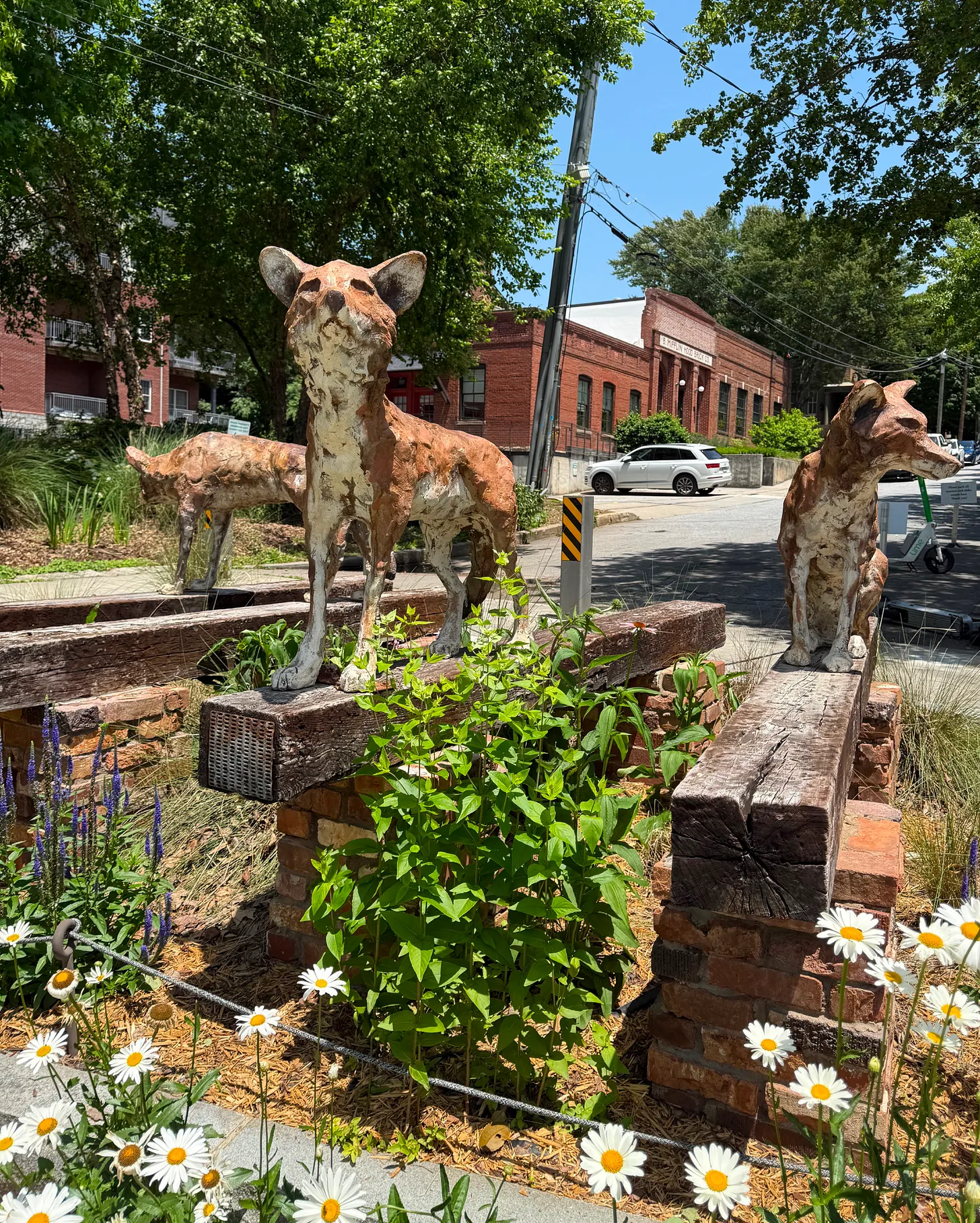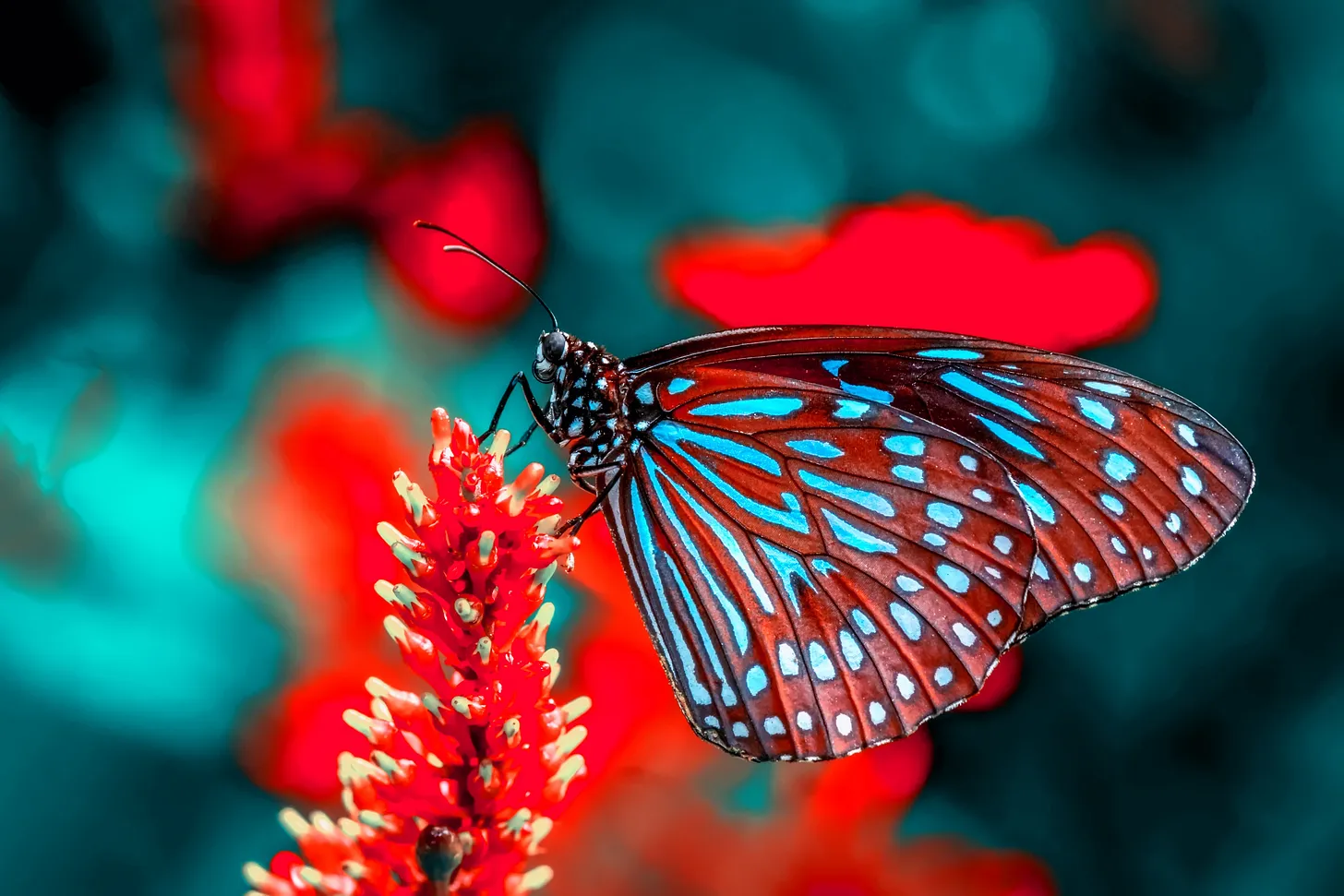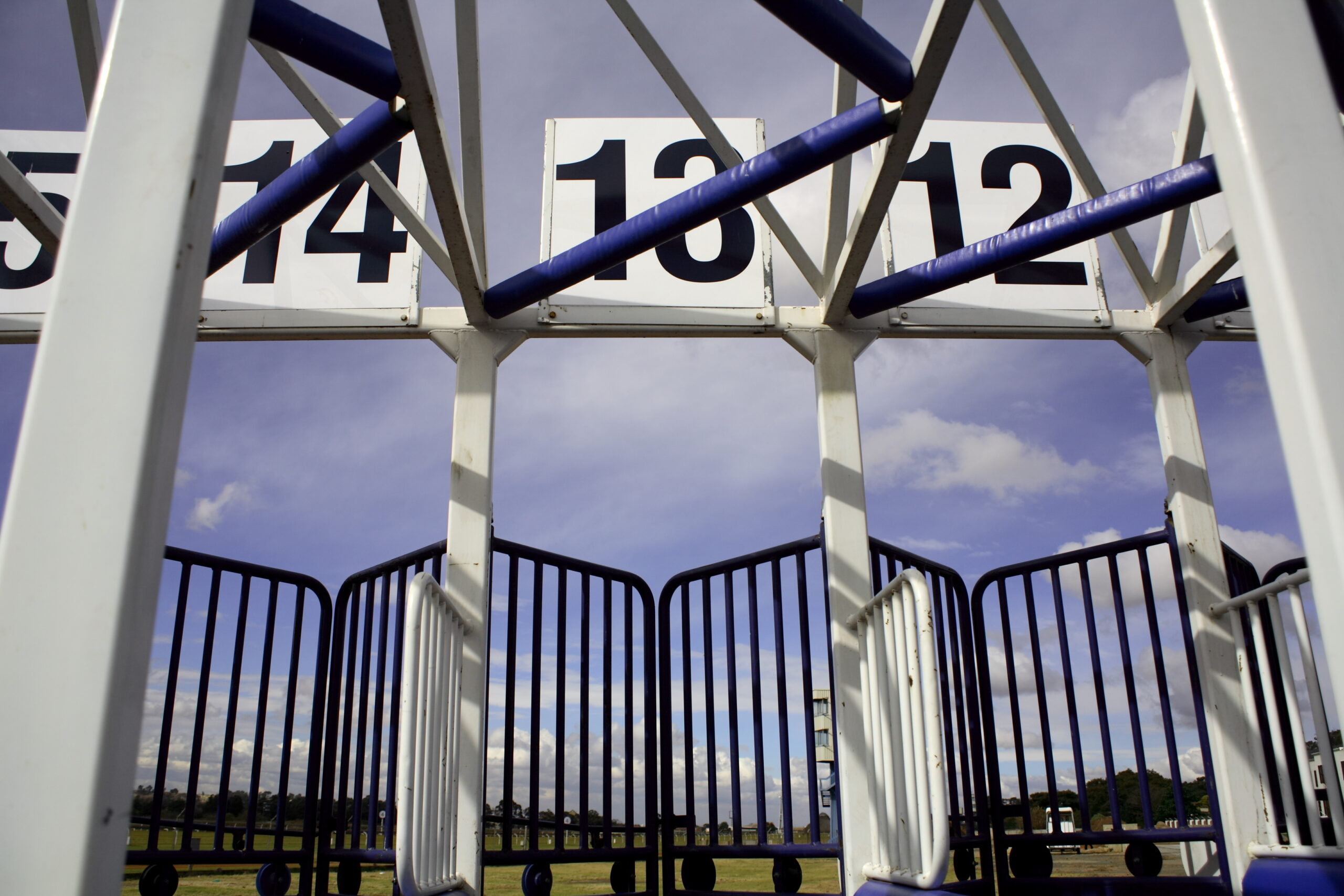Katie Steedly’s first-person piece [The Unspeakable Gift] is a riveting retelling of her participation in a National Institutes of Health study that aided her quest to come to grips with her life of living with a rare genetic disorder. Her writing is superb.
In recognition of receiving the Dateline Award for the Washingtonian Magazine essay, The Unspeakable Gift.
Enter your email here to receive Weekly Wide-Awake
Weekly Wide-Awake #9
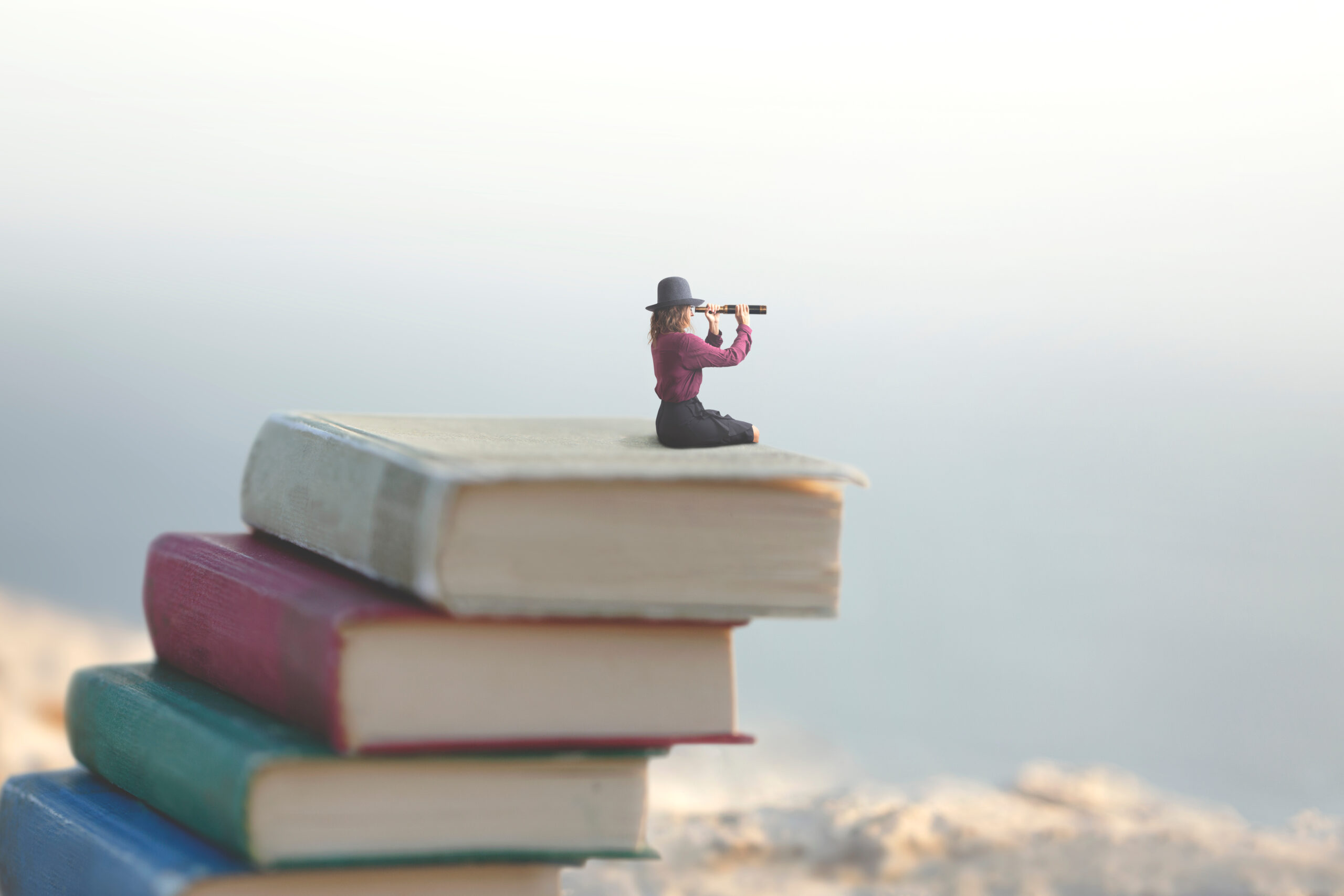
“Artists and scientists are activists. They look at the world as changeable and they look upon themselves as instruments for change. They understand that the slice of world they occupy is only a fragment but that the fragment is intrinsically connected to the whole. They know that action matters.” ― Anne Bogart, What’s the Story: Essays About Art, Theater and Storytelling
I has been a long time since I looked off into a horizon and taken flight toward a big goal. The demons of past failures and fear, current exhaustion and anxiety, and future insecurity and noise taunt and tease and terrify. It is easy to allow our demons to control our actions, lead us into tho the realm of silence and isolation, bend our backs so far that we can’t stand up because we have no core strength. It is easy to only remember when things have not worked out, the mountains of reasons something can’t happen, or the safety of cynicism, living small, and self doubt.
Preparing this proposal reminded me of my strength. It rekindled my “watch me” impulse. It fired the synapses of passion and curiosity that are fundamental to my being. The paying attention skill set. The questions that linger and do not go away. The courage to begin, keep going, and submit a proposal. The voice that whispers “You are a force to be reckoned with and powerful and amazing.” The brain space occupied by I am and I can. That is a journey I have taken in the past. That is the journey I have taken while crafting a PEN/Jean Stein Grants for Literary Oral History grant proposal.
This Weekly Wide-Awake is my proposal: the elements required in order to be considered by PEN America. It has been my beginning, middle, and end for weeks. It has had my breath, attention, and focus. It has woken me up in the morning and kept me awake at night. I don’t know when I will know their decision. To some extent, I have already won. Truthfully. I have kept my word to myself. I have honored those who have participated in this work, those who have lived and died because of policies like convict leasing, and those who tell the stories that must be told to preserve our past and create a more just and peaceful today and tomorrow.
I will keep pursuing this story regardless of the proposal’s outcome.
The Project
I am an applied researcher living in Atlanta across the street from a beautiful, historically designated, renovated-so-people-can-live-there brick factory, the B. Mifflin Hood Brick Company. B. Mifflin Hood was an activist industrialist who stood against convict leasing, a prevalent practice in the post-Civil War United States.
I aim to tell the story of a space that brings together art, history, and activism. It will answer the questions: What can/does resistance look like? What role can/does art play in resistance, creating community, and pursuing justice? What can a building teach us as a conduit for history, testimony to justice, and substance of/for resistance?
After years of living next to the space and insightful conversations with the artist/activist couple who renovated it, the architect who redesigned it, and the artist who created the public art outside it. I am prepared to explore the space. I am ready to offer a love letter to art, history, and activism.
Oral History
This oral history is a full-circle project. By full-circle, I mean my first “serious” writing experience, my master’s thesis almost thirty years ago, was an exploration of Anne Bogart’s Viewpoints (a theatre-based, critical performance theory) in a learning theory context. I talked with actors, directors, teachers, and students. I delved into the complicated conversation between theory and practice. History entered my work when I learned the conversation did not start and would not end with me. (An earth-shattering idea to a burgeoning scholar.)This project returns me to my roots, where I connect the arts and change, crafting a narrative whole from fragmented stories and selves and highlighting actions that matter.
Grant Use
This grant will allow me to feed the good wolf.
In the tale, the grandfather instructs his grandson to pay attention to the wolf he feeds, as the wolf he feeds wins. (We choose which wolf to feed.) My intention for this project is to feed the good wolf. Feeding the good wolf involves sharing the B. Mifflin Hood Brick Factory story, strengthening the connection between art, history, and activism, and creating the conditions for imagination, compassion, and justice.
Sharing the B. Mifflin Hood Story
B. Mifflin Hood was a Southern Progressive. (I did not even know there was such a thing as a Southern Progressive before beginning this work.) I am the academic descendent of Progressive scholars. It am steeped in the possibility of education toward social justice, social structures that support a common good, and the idea that a moral imperative exists to imagine, create, and build a better world. That means finding examples of justice-seeking, courage, and artistry, telling the stories of people who live lives committed to those values and ideals, and building communities around those tenets.
Strengthening the connection between art, history, and activism
I have advocated for the arts my entire career. As a writer, teacher, and applied researcher, I understand the power of the arts and seek to situate them within the broader conversation about what it means to be human, how we create safe, just, and loving spaces, and how we pay attention to the beauty that manifests in our everyday lives. The B. Mifflin Hood Factory building is evidence of a past, present, and future informed by the arts. It is a living social experiment in structure, creativity, and resistance.
Creating the conditions for imagination, compassion, and justice
Maxine Greene suggests imagination makes empathy possible. I agree with her completely. To make empathy possible is the challenge we face as writers and as people who care about our world. Our world thirsts for imagination. Our world weeps and struggles to see a better beyond. Our world needs evidence of miracles and joy, love letters to a burning world, odes to stardust and scar tissue, and healing at the molecular level. All that is a heavy lift.
An Applied Researcher’s Promise
In my best applied researcher’s voice, standing on the shoulders of all those from whom I learned about love and humanity over the years, seeking to use my knowledge, skill, and ability for the greater good, I pledge to use this grant to inform, build, and create. I pledge to pay attention to the story of the B. Mifflin Hood Factory and tell it in a way that honors the lives lost and saved by Hood’s stance against convict leasing. I pledge to carry forward the commitment Laura Adams and Andrew Feiler live toward the principles of conversation, preservation, beauty, and justice. In welcoming my questions, their support made this project possible.
Selected Publications
Writing Sample
Weekly Wide-Awake #1
Weekly Wide-Awake #2
Weekly Wide-Awake #3
Weekly Wide-Awake #4
Weekly Wide-Awake #5
Weekly Wide-Awake #6
Weekly Wide-Awake #7
Weekly Wide-Awake #8
About Katie
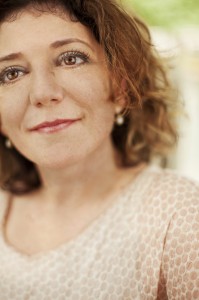
From Louisville. Live in Atlanta. Curious by nature. Researcher by education. Writer by practice. Grateful heart by desire.
Buy the Book!
The Stage Is On Fire, a memoir about hope and change, reasons for voyaging, and dreams burning down can be purchased on Amazon.

